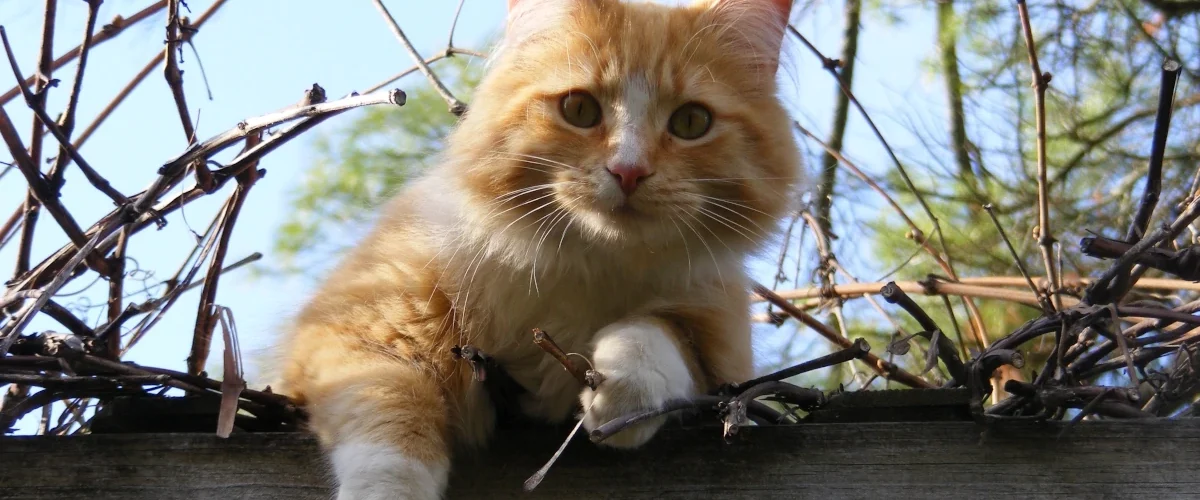Throughout history, cats have been a constant source of inspiration for artists across the globe. From ancient Egyptian depictions to contemporary masterpieces, feline presence in art has held a special place in the hearts of creators and art enthusiasts alike. This article delves into the enchanting world of cat-inspired art, exploring the significance of these furry creatures in various art movements and the benefits they bring to artists and viewers.
Ancient Guardians: Cats in Art History
In ancient civilizations, cats were revered as divine beings, and their symbolism extended into the realm of art. The ancient Egyptians were particularly known for their love and admiration for cats, evident in countless artworks, sculptures, and amulets featuring feline figures. The goddess Bastet, often depicted with the head of a lioness or domestic cat. It was the embodiment of home, fertility, and protection, and she was widely worshiped.
Transitioning from ancient Egypt to ancient Japan, we find the “Nekomata” in Japanese folklore. It is a mythical cat creature believed to possess supernatural powers. Artists of the time were inspired by these legends, leading to the creation of intricate woodblock prints and paintings portraying Nekomata in various forms.
Renaissance Elegance: The Cat’s Renaissance in Art
During the Renaissance period, cats continued to be celebrated in art, but their symbolism shifted. No longer divine beings, cats were now seen as elegant companions of well-to-do households. The renowned artist Leonardo da Vinci famously included cats in some of his paintings, such as “Study of Cat Movements and Positions” and “Study of Cat Heads.” These works showcased his keen observation of feline anatomy and behavior.
Additionally, the painter Raphael captured the charm of cats in his masterpiece “Portrait of a Young Woman with a Cat,” showcasing the affectionate bond between the lady and her feline friend. These artworks not only revealed the artists’ fascination with cats but also demonstrated their mastery in capturing their grace and allure.
The Cat’s Surreal World: Feline Art in the 20th Century
Transitioning into the 20th century, cats found their place in the world of surrealism. The iconic artist Salvador Dalí incorporated cats in many of his paintings, such as “Sleep” and “Woman with a Head of Roses,” where feline figures symbolized the mysteries of the subconscious mind. Dalí’s cats often had elongated legs or distorted features, adding to the dreamlike quality of his works.
Furthermore, the Japanese artist Yayoi Kusama, known for her polka-dot motifs and immersive installations. Moreover, embraced cats as part of her artistic expression. Her sculpture “Pumpkin with Cat” combines the whimsical charm of a cat with the artist’s signature pumpkin, blending reality and imagination.
Benefits of Cat-Inspired Art
The fascination with cats in art goes beyond aesthetics and symbolism. Here are some notable benefits of cat-inspired artworks:
- Emotional Connection: Cat-inspired art often evokes a strong emotional connection, particularly for cat lovers. The depiction of their beloved furry friends in paintings or sculptures can stir feelings of joy, comfort, and nostalgia.
- Stress Reduction: Studies have shown that looking at images of cats can reduce stress and anxiety. Cat-inspired art provides a calming effect, inviting viewers to relax and unwind.
- Cultural Appreciation: Cat-inspired art reflects the cultural significance of cats throughout history. Exploring these artworks allows us to appreciate the diverse beliefs and traditions surrounding these enigmatic creatures.
- Inspiration for Artists: Cats’ grace, agility, and mysterious aura make them compelling subjects for artists. Cat-inspired art serves as inspiration, encouraging artists to experiment with different styles and techniques.
- Aesthetic Appeal: Cats possess an undeniable elegance that translates beautifully onto canvas or in sculptures. Cat-inspired art adds a touch of sophistication and charm to any space.
- Symbolism and Storytelling: Feline figures in art often symbolize various qualities, such as independence, curiosity, and wisdom. These symbols add depth and meaning to artistic narratives, enriching the storytelling aspect of art.
- Therapeutic Value: Creating cat-inspired art can be therapeutic for artists, providing a form of self-expression and artistic release. Additionally, art therapy that involves cats as subjects can be beneficial for individuals dealing with emotional challenges.
Conclusion
The world of cat-inspired art is as diverse as the personalities of these fascinating creatures. From ancient civilizations to modern times, cats have left an indelible mark on the artistic landscape. The charm and allure of feline-inspired masterpieces continue to mesmerize art enthusiasts and provide numerous emotional and psychological benefits. Whether you’re an art lover, a cat enthusiast, or simply seeking a moment of tranquility, exploring the purrfectly artistic world of cat-inspired art is an enriching experience that celebrates the timeless allure of our feline friends.
Learn more about art at Luxpeer’s Art Blog.
